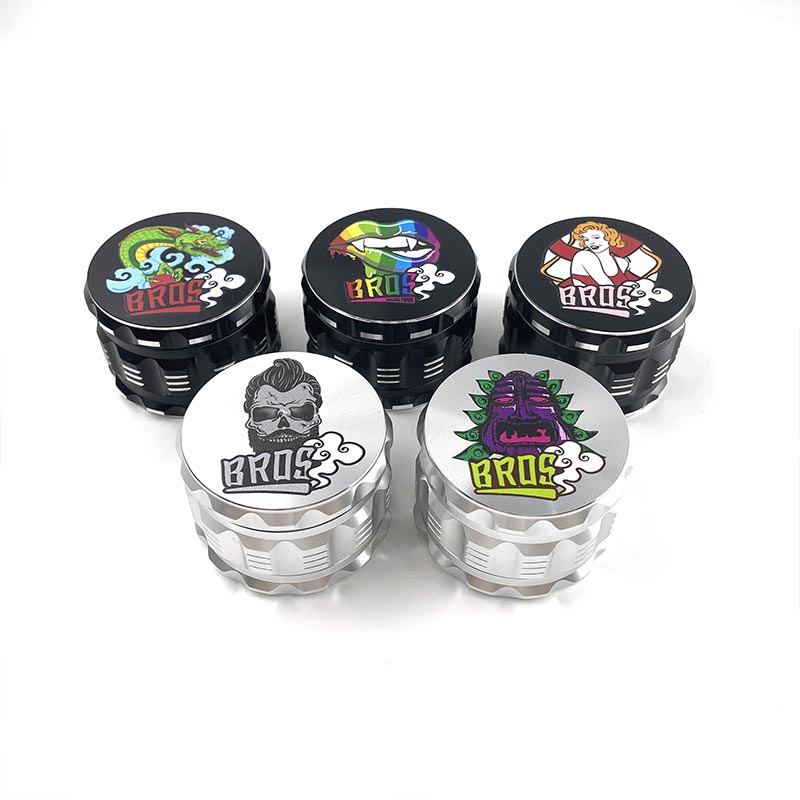Metal Grinder: The Essential Tool for Precision Grinding and Cutting
2025-03-18
A metal grinder is an indispensable tool in metalworking, construction, and DIY projects. Whether you need to cut, grind, polish, or shape metal surfaces, a metal grinder provides power, efficiency, and precision. From professionals in fabrication shops to hobbyists in home workshops, this tool is a must-have for anyone working with metal.
In this blog, we will explore what a metal grinder is, its different types, key benefits, and how to choose the right one for your needs.
What is a Metal Grinder?
A metal grinder is a power tool designed to cut, grind, and smooth metal surfaces. It typically consists of a high-speed rotating disc, which can be equipped with different types of abrasive wheels or cutting discs. Metal grinders are used for various applications, including removing rust, sharpening tools, smoothing welds, and cutting through thick metal sheets.
Types of Metal Grinders
1. Angle Grinder
- The most common and versatile type.
- Handheld and available in different sizes (4.5-inch, 7-inch, 9-inch).
- Used for grinding, cutting, polishing, and sanding metal.
2. Bench Grinder
- A stationary tool mounted on a workbench.
- Equipped with two grinding wheels for sharpening tools and shaping metal.
- Ideal for heavy-duty grinding tasks.
3. Die Grinder
- A small, handheld grinder with a high-speed rotary bit.
- Used for detailed grinding, engraving, and polishing.
- Great for working on intricate metal surfaces and hard-to-reach areas.
4. Belt Grinder
- Uses a continuous belt of abrasive material.
- Suitable for smoothing metal surfaces and shaping metal edges.
- Commonly used in knife-making and metal fabrication.
Benefits of Using a Metal Grinder
1. Versatile Applications
Metal grinders can perform multiple tasks, including cutting, grinding, deburring, and polishing, making them a valuable tool for metalworking professionals and DIY enthusiasts alike.
2. High Efficiency and Precision
With powerful motors and various disc attachments, metal grinders provide fast material removal while maintaining precision in shaping and finishing.
3. Enhanced Durability
A high-quality metal grinder is built to withstand heavy use, making it a long-lasting investment for workshops and industrial settings.
4. Time-Saving Tool
Compared to manual grinding and filing, a metal grinder significantly reduces work time, allowing users to complete tasks faster and with greater accuracy.
5. Smooth and Professional Finishes
Whether you're removing welds or polishing a metal surface, a metal grinder helps achieve a clean, polished, and professional look.
How to Choose the Right Metal Grinder
When selecting a metal grinder, consider the following factors:
1. Power and Speed
- Measured in watts (W) or amps (A) for electric grinders.
- Higher power is needed for heavy-duty grinding and cutting tasks.
- Variable speed settings allow better control for different materials.
2. Disc Size and Compatibility
- Common sizes include 4.5-inch, 7-inch, and 9-inch for angle grinders.
- Ensure the grinder is compatible with different discs (cutting, grinding, wire brush).
3. Safety Features
- Look for grinders with adjustable guards, anti-kickback features, and vibration control to ensure safe operation.
4. Corded vs. Cordless
- Corded grinders provide continuous power and are ideal for long hours of work.
- Cordless grinders offer portability and are great for on-site jobs but require battery charging.
5. Ergonomics and Comfort
- Choose a grinder with a comfortable grip and a lightweight design for ease of handling.
- Vibration reduction features help reduce fatigue during extended use.
Safety Tips for Using a Metal Grinder
Since metal grinders operate at high speeds and generate sparks, safety is crucial. Here are some important precautions:
Wear Safety Gear – Always use safety glasses, gloves, a face shield, and ear protection.
Use the Right Disc – Select the correct grinding or cutting disc for the material you're working on.
Secure the Workpiece – Clamp the metal piece to prevent movement.
Check the Grinder Before Use – Inspect for damaged discs or loose components.
Avoid Excessive Pressure – Let the tool do the work; too much force can damage the grinder and workpiece.
Work in a Well-Ventilated Area – Grinding generates dust and fumes, so ensure proper airflow.
Best Applications for a Metal Grinder
Welding and Fabrication – Grinding down welds, smoothing joints, and shaping metal pieces.
Construction and Metal Cutting – Cutting steel pipes, rebar, and metal sheets.
Automotive Repairs – Removing rust, polishing parts, and sharpening tools.
DIY and Home Improvement – Refinishing metal furniture, shaping tools, and cutting brackets.
Conclusion
A metal grinder is an essential tool for professionals and DIYers working with metal. Whether you need to cut, grind, or polish, choosing the right type of grinder can make your tasks easier and more efficient. By selecting a high-quality grinder and following safety guidelines, you can achieve precise and professional results in all your metalworking projects.



